Education is evolving, and so are the environments in which students learn. With diverse teaching methods, fluctuating class sizes, and the increasing need for collaboration, the traditional classroom setup is no longer sufficient. The solution? Adaptable furniture. Furniture that is flexible, modular, and easily rearranged is a critical tool for creating learning spaces that meet the ever-changing needs of both educators and students.
In this post, we’ll explore the significance of adaptable furniture in education and how innovative solutions are transforming learning spaces into hubs of creativity and collaboration.
Why Adaptable Furniture is Crucial in Modern Education
Today’s classrooms demand more than just desks and chairs; they need furniture that can adapt to a variety of learning environments. Whether it’s shifting between group discussions, project-based learning, or individualised study, flexible furniture supports a wide range of teaching styles and activities.
Adaptability in education is key for:
- Facilitating Different Teaching Methods: Teachers can easily change the layout of the classroom to support lectures, group work, or hands-on activities.
- Accommodating Varying Class Sizes: As class sizes can change, flexible furniture allows for efficient use of space, whether there are 10 or 30 students.
- Enhancing student engagement: Adaptive seating options provide students with mobility and choice, which empowers students and allows them to foster ownership of their learning environment.
What Makes Furniture Truly Adaptable?
To truly be adaptable, classroom furniture has several key characteristics:
- Portability: Lightweight and easy-to-move furniture, often with castors, makes it simple to rearrange the classroom.
The FourFold® table is designed for ultimate portability with its lightweight structure and flip-top design. Educators can quickly move, fold, and store the table, allowing for seamless transitions between activities and efficient use of space.
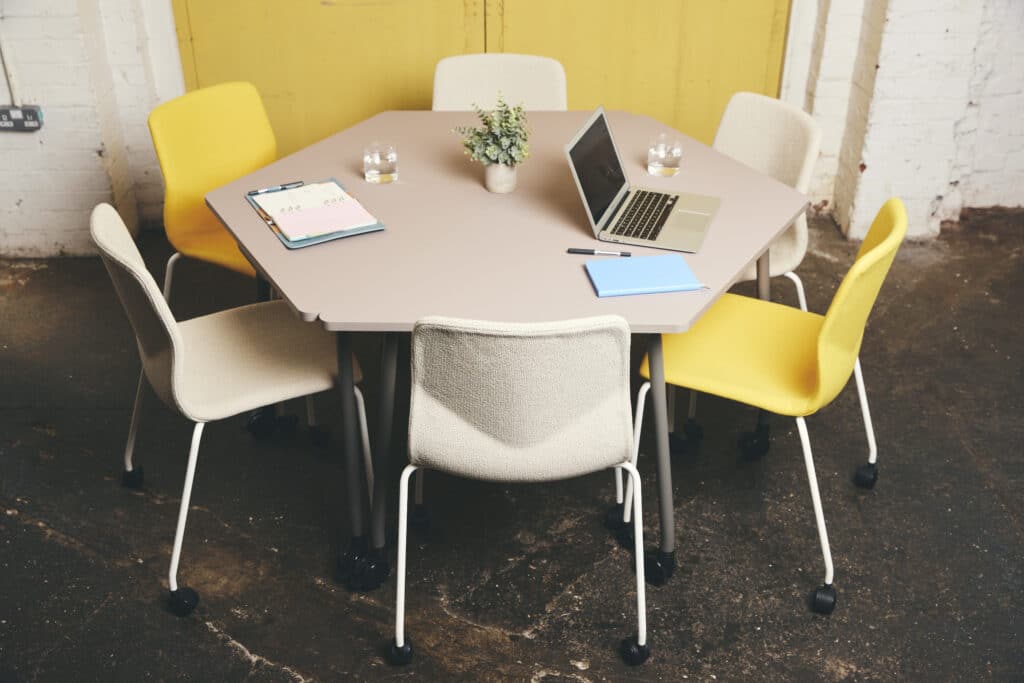
- Modular Design: Pieces that can be combined, separated, or adjusted allow for limitless configurations to fit different activities and group sizes.
The FourPeople Modular sofa embodies modularity, with customisable components that can be rearranged to create intimate breakout spaces, collaborative zones, or larger seating areas, adapting effortlessly to the classroom’s evolving needs.
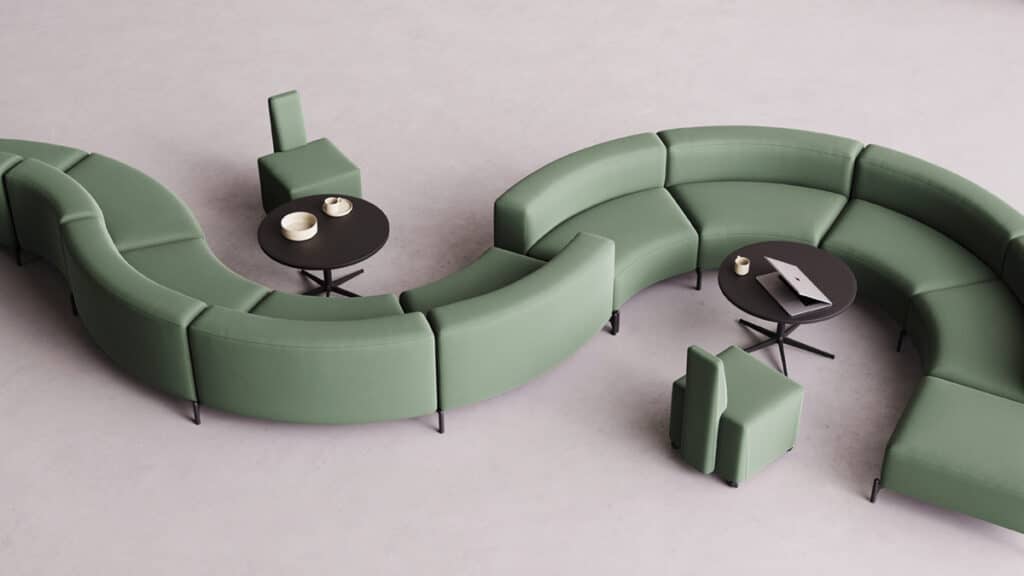
- Adjustability: Furniture that allows students to customise their own space, such as height-adjustable desks or chairs, fosters independence and comfort.
The Y-table fosters curiosity and creativity, encouraging exploration of space with its height-adjustable and lightweight design. Easy to manoeuvre, it enables flexible setups and spontaneous productivity, empowering students to personalise their workspace.
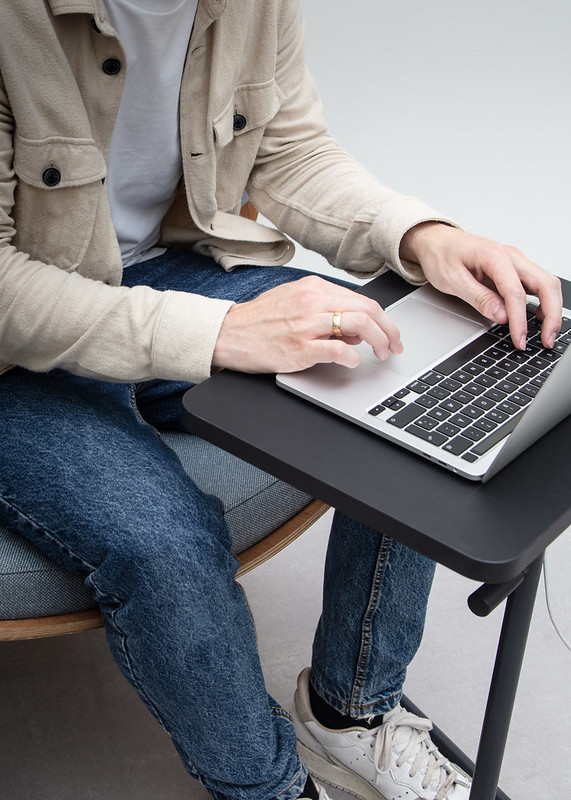
- Durability: The furniture needs to withstand daily use, ensuring it remains functional and aesthetically pleasing over time.
The FourSure® 44 stackable chair is built to last, backed by an impressive 50-year guarantee. Its robust, timeless design ensures decades of reliable performance in busy classrooms while maintaining comfort and style.
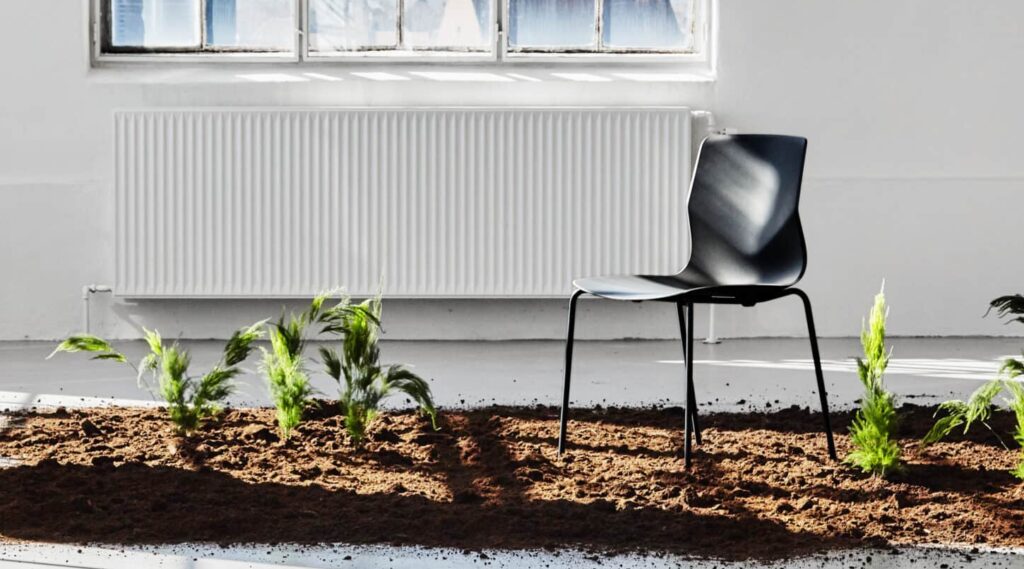
The Impact of Adaptive Seating Systems
Adaptive seating systems are not just about comfort; they’re about creating a dynamic and responsive learning environment. Flexible seating options, from ergonomic chairs to standing desks, promote better posture, engagement, and focus. Recognising that students have diverse learning styles, some may benefit from the freedom to stand or move around, while others may find greater focus in quieter, more structured settings. When students have the choice to sit or stand, work in groups or individually, and adjust their surroundings, they are more likely to feel empowered and motivated.
These systems also support inclusive classrooms, accommodating students with varying physical needs. Whether it’s through chairs with adjustable heights, flexible back support, or quiet, cosy corners for focused work, adaptive seating systems ensure that every student has a space that works for them.
The Aesthetic and Functional Balance
In addition to function, adaptable furniture must contribute to the classroom’s atmosphere. When furniture is not only practical but also visually appealing, it helps create a positive and inviting learning environment. Colourful, modern designs can stimulate creativity, while minimalist designs promote focus. The right furniture reflects the school’s culture and values, whether it’s eco-friendly, tech-integrated, or simple and clean.
Flexible Furniture in Action
From Lecture to Collaboration with InnoTab®
The InnoTab® writing tablet epitomises flexibility. This versatile tool attaches seamlessly to chairs, enabling classrooms to transition from lecture mode to group work in seconds. When not in use, the tablet can be tucked away, creating a more open setup for collaborative discussions. Its robust design and customisable features allow educators to foster diverse learning activities without constraints.
For example, in a lecture, students can use the InnoTab® to take notes or work on laptops. Later, the same space can transform into a collaborative zone by simply removing or storing the tablet arms. This adaptability saves time, promotes creativity, and ensures that furniture doesn’t become a barrier to engagement.
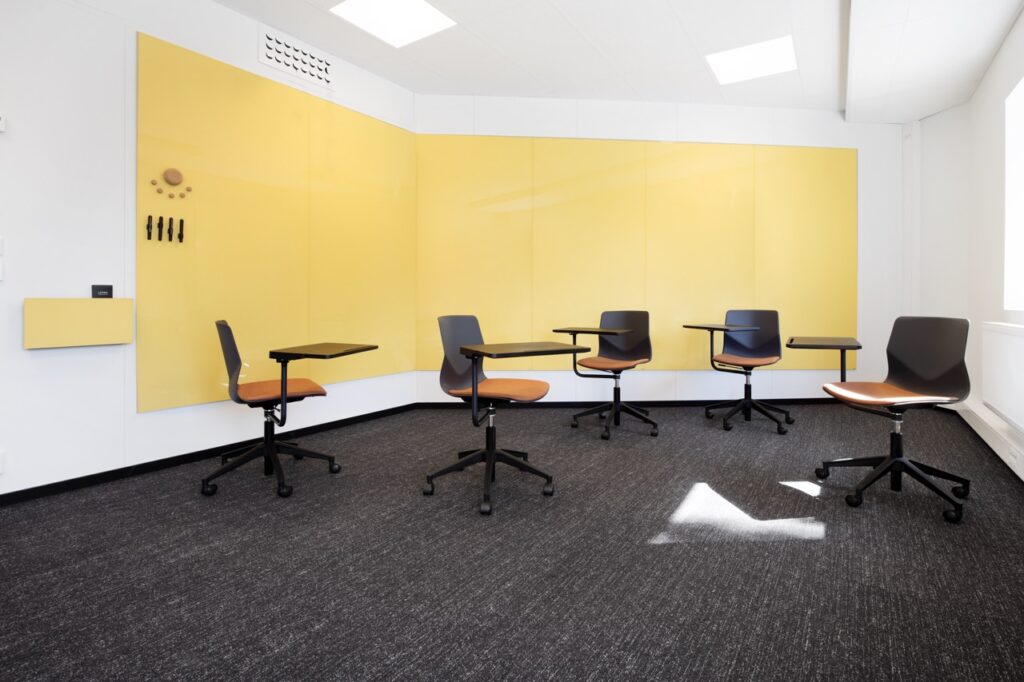
Dynamic Learning Spaces with FourLikes® Scooter Modules
FourLikes® Scooter modules bring a fresh, dynamic approach to flexible seating in learning spaces. These soft seating chair modules are designed for easy mobility, allowing educators to effortlessly adjust the arrangement to suit various activities or teaching methods. Whether students are working independently, brainstorming in groups, or engaging in interactive lessons, the Scooter modules can be reconfigured in endless ways.
Each Scooter module is lightweight and portable, featuring smooth wheels that make it simple to move around the room. Want to create an intimate breakout space for a few students? Rearrange the modules into small clusters. Need to accommodate a larger group or facilitate a whole-class discussion? Combine the modules into a larger seating area. The creative potential for organising the space is limitless, making these chairs perfect for learning spaces that demand flexibility and versatility.

Mobility and Collaboration: The Role of Chairs on Castors
Traditional furniture often limits movement, which can hinder dynamic collaboration. The Share Move is a chair that combines design elegance with 360-degree mobility. Mounted on a sturdy star-base with castors, Share Move enables seamless transitions between individual tasks and group activities.
Picture a scenario where students need to quickly pivot between solo work and team brainstorming. With Share Move, they can glide across the room, form clusters, and reconfigure the seating arrangement – all without disruption. This freedom promotes spontaneous collaboration and supports an agile approach to teaching and learning.
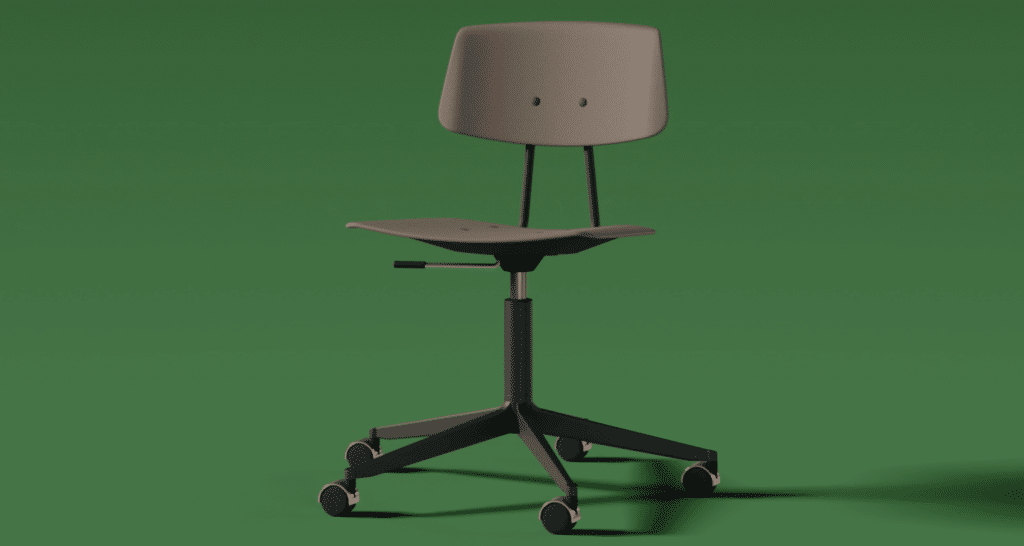
Future-Proofing Your Classroom with Adaptable Furniture
The future of education is fluid, and classrooms need to be designed with that in mind. By incorporating flexible furniture and adaptive seating, schools can prepare for whatever changes lie ahead. From shifting teaching methods to varying class sizes, adaptable furniture ensures that classrooms can easily evolve and meet diverse needs.
Investing in adaptable furniture today means empowering teachers and students with the tools to succeed in a dynamic educational landscape.
Ready to transform your space? Get in touch today to discuss how we can help you build a learning space that’s as adaptable as education itself!


